Ditapis dengan
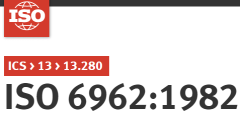
Standard Method for Testing the Long Term Alpha Irradiation Stability of Soli…
Specifies a method designed to check the long-term stability of a solid to alpha disintegration by detection of all modifications in the properties of an irradiated sample. The solid is borosilicate glass or, as an alternative, ceramics or glass-ceramics and a two-phase mixture of glass beads dispersed in a metal matrix, made from adequate (stable) fission product elements spiked with appropria…
- Edisi
- -
- ISBN/ISSN
- -
- Deskripsi Fisik
- -
- Judul Seri
- ISO 6962-1982 (E)
- No. Panggil
- -
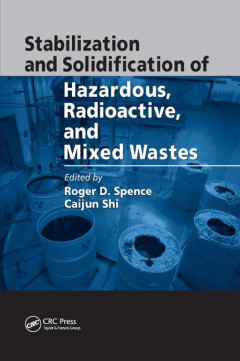
Stabilization and Solidification of Hazardous, Radioactive, and Mixed Wastes
The development of stabilization and solidification techniques in the field of waste treatment reflects the efforts to better protect human health and the environment with modern advances in materials and technology. Stabilization and Solidification of Hazardous, Radioactive, and Mixed Wastes provides comprehensive information including case studies, selection criteria, and regulatory considera…
- Edisi
- -
- ISBN/ISSN
- 1566704448
- Deskripsi Fisik
- xii, 378 p. : Illus. ; 24 cm
- Judul Seri
- -
- No. Panggil
- 628.4 SPE s
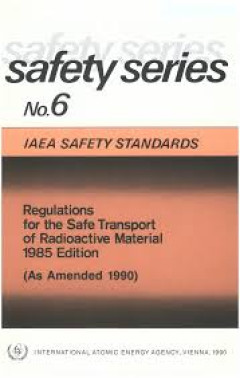
Regulations for the Safe Transport of Radioactive Material, 1985 Edition (As …
This book contain of seven section: Section I. Introduction; Section II. General provisions; Section III. Activity and fissile material limits; Section IV. Preparation, requirements and controls for shipment and for storage in transit; Section V. Requirements for radioactive materials and for packagings and packages; Section VI. Test procedures; and Section VII. Approval and administrative requ…
- Edisi
- -
- ISBN/ISSN
- 9201238908 / 00741892
- Deskripsi Fisik
- 112 p. : Illus. ; 24 cm
- Judul Seri
- Safety Series No. 6
- No. Panggil
- 539.7 IAE r
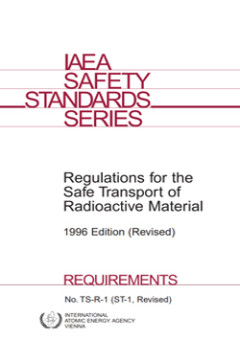
Regulations for the Safe Transport of Radioactive Material, 1996 Edition (Rev…
This publication, Safety Standards Series No. TS-R-1, is an updated version of Safety Standards Series No. ST-1, which was a revised version of Safety Series No. 6 superseding all previous edition. It also includes the revision of Safety Series No. 80, Schedules of Requirements for the Transport of Specified Types of Radioactive Material Consignments (As Amended in 1990). These Regulations, fir…
- Edisi
- -
- ISBN/ISSN
- 9201005008 / 1020525X
- Deskripsi Fisik
- 220 p. : Illus. ; 24 cm
- Judul Seri
- Safety Standards Series No. TS-R-1 (ST-1, Revised)
- No. Panggil
- -

Radioactive Waste Disposal into the Sea
This book consist : Introduction; II. Existence and extent of the radioactive-waste disposal problem; III. Approach to asolution of the radioactive-waste disposal problem; IV. Maximum permissible exposure to radiation form disposal of radioactive waste into the sea; V. Nature of the marine environment; VI. Practical evaluation of typical waste-disposal problems; VIII. Control measures; and VIII…
- Edisi
- -
- ISBN/ISSN
- -
- Deskripsi Fisik
- 174 p. : Illus. ; 21 cm
- Judul Seri
- Safety Series No. 5
- No. Panggil
- -

Regulations for the Safe Transport of Radioactive Materials,1973 Revised Edit…
This book consist of Section I – Introduction; Section II – Packaging and package design requirements; and Section III. Items exempt from specified prescriptions low specific activity material, low-level solid radioactive material. (Jml)
- Edisi
- -
- ISBN/ISSN
- -
- Deskripsi Fisik
- 146 p. : illus. ; 21 cm
- Judul Seri
- Safety Series No. 6
- No. Panggil
- -
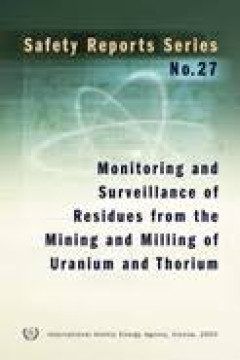
MONITORING AND SURVEILLANCE OF RESIDUES FROM THE MINING AND MILLING OF URANIU…
-
- Edisi
- -
- ISBN/ISSN
- 9201188021 / 10206450 ; no. 27
- Deskripsi Fisik
- 75 p
- Judul Seri
- Safety Reports Series No. 27
- No. Panggil
- -
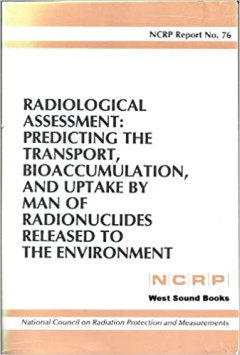
Radiological Assessment: Predicting the Transport, Bioaccumulation, and Uptak…
The purpose of this Report is to review the current status of the application of radionuclide transport models from the point of discharge to the environment to the point of intake by man. This process, called radiological assessment, begins by defining the quantity of radionuclides that are released and enter the environment. Uncertainties in the measurements or estimates of the source term ar…
- Edisi
- -
- ISBN/ISSN
- 0913392669
- Deskripsi Fisik
- 300 p. : Illus. ; 23 cm
- Judul Seri
- NCRP Report No. 76
- No. Panggil
- 628.5 NCR r
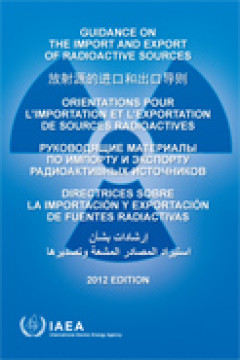
Guidance on the Import and Export of Radioactive Sources, 2012 Edition
During meetings on the development and approval of the non-legally binding Code of Conduct on the Safety and Security of Radioactive Sources (hereinafter referred to as the Code), some Member States requested guidance on implementing the Code, particularly in relation to the import and export of radioactive sources. Therefore, this non-legally binding Guidance was developed in 2004 by Member St…
- Edisi
- -
- ISBN/ISSN
- -
- Deskripsi Fisik
- 19 p. : Illus. ; 24 cm
- Judul Seri
- -
- No. Panggil
- -
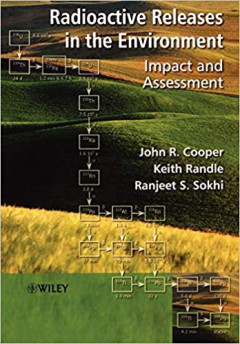
Radioactive Releases in the Environment Impact and Assessment
Man’s environment is pervaded by ionizing radiation of predominantly natural origin but now with an important contribution from anthropogenic activities. Exposure to ionizing radiation can have serious health implications, which is why it is of concern to us. This book brings together under one cover, the fundamentals of radiological protection, the techniques used for measuring radioactivity…
- Edisi
- -
- ISBN/ISSN
- 0471899240
- Deskripsi Fisik
- xvi, 473 p. : Illus. ; 21 cm
- Judul Seri
- -
- No. Panggil
- 363.1799 COO r
 Karya Umum
Karya Umum  Filsafat
Filsafat  Agama
Agama  Ilmu-ilmu Sosial
Ilmu-ilmu Sosial  Bahasa
Bahasa  Ilmu-ilmu Murni
Ilmu-ilmu Murni  Ilmu-ilmu Terapan
Ilmu-ilmu Terapan  Kesenian, Hiburan, dan Olahraga
Kesenian, Hiburan, dan Olahraga  Kesusastraan
Kesusastraan  Geografi dan Sejarah
Geografi dan Sejarah